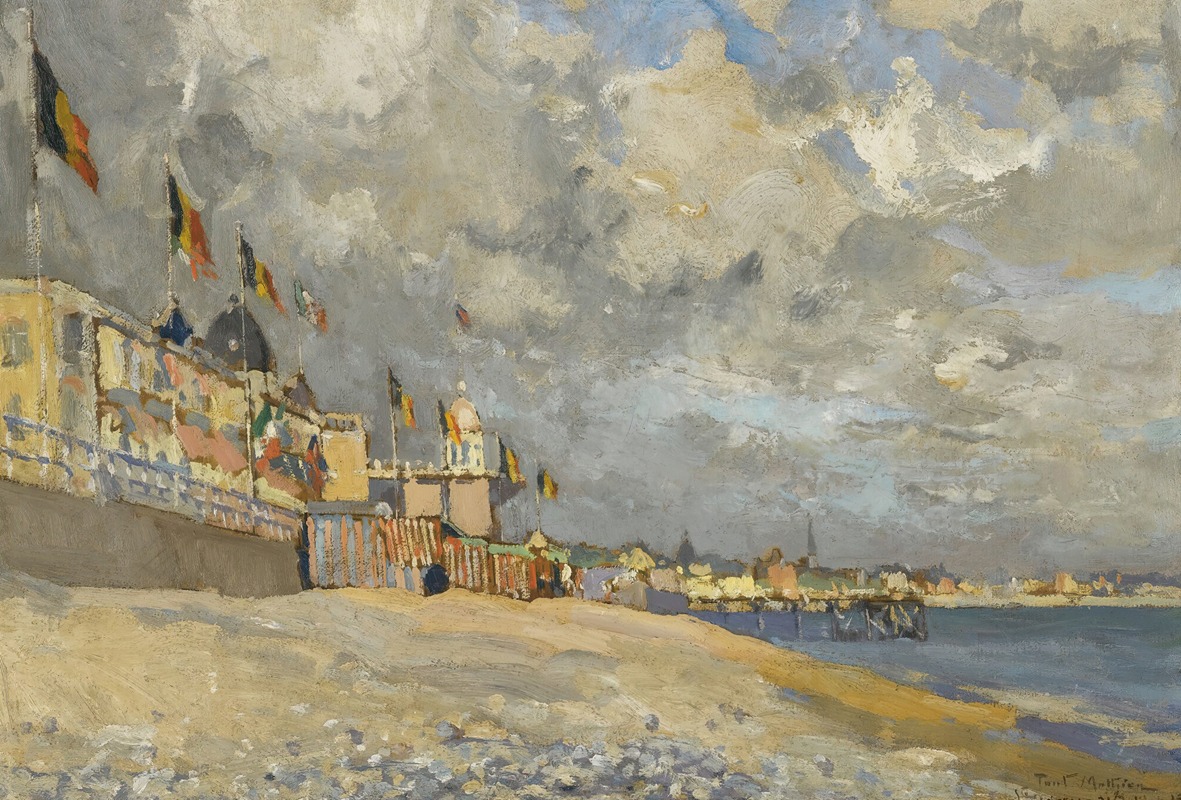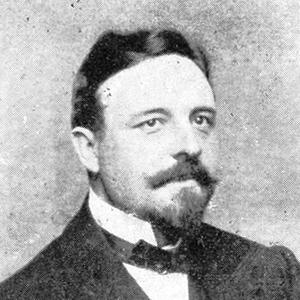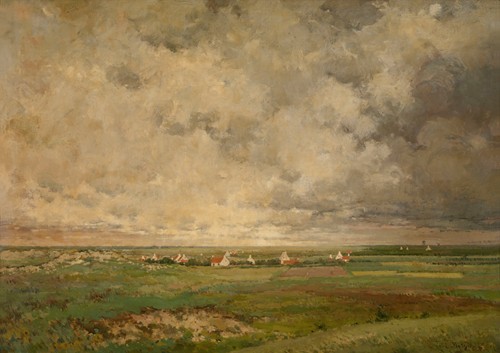

Paul Mathieu was a Post-Impressionist and Luminist painter of landscapes, harbour scenes, interiors and still-lifes. He studied from the age of twelve at the Ecole Normale des Artes et Dessin de Saint-josse-ten-Noode in Brussels while funding his studies by working with a small firm responsible for the decorative works at the Monnaie and Alhambra theatres.
After some years spent struggling to combine paid work with his studies Mathieu got his first break in 1893 when one of his paintings was accepted at the Brussels Salon. The next year one of his works was admitted at the Exposition Universelle d'Anvers and another at the exhibition of the Cercle Artistique at Schaarbeek.
In 1896 Mathieu found work as a teacher at the Academie des Beaux-Artes in Brussels. This finally allowed Mathieu to give up his paid work draughtsman and concentrate more fully on his vocation. This period marked a decisive stylistic turning point in Mathieu's career, abandoning the brilliantly coloured still-lifes of his early career in favour of the plein-air paintings for which he became best known.


